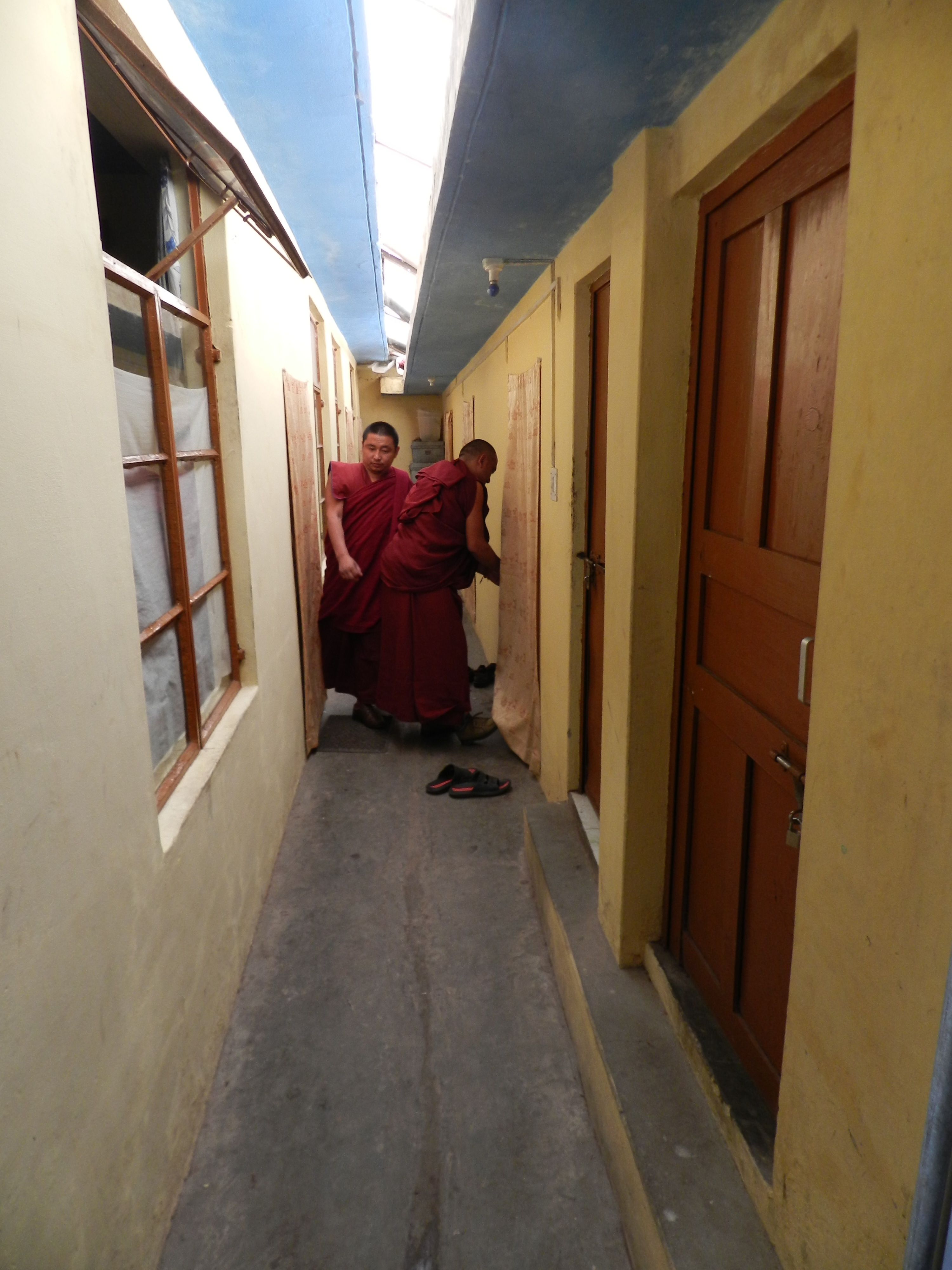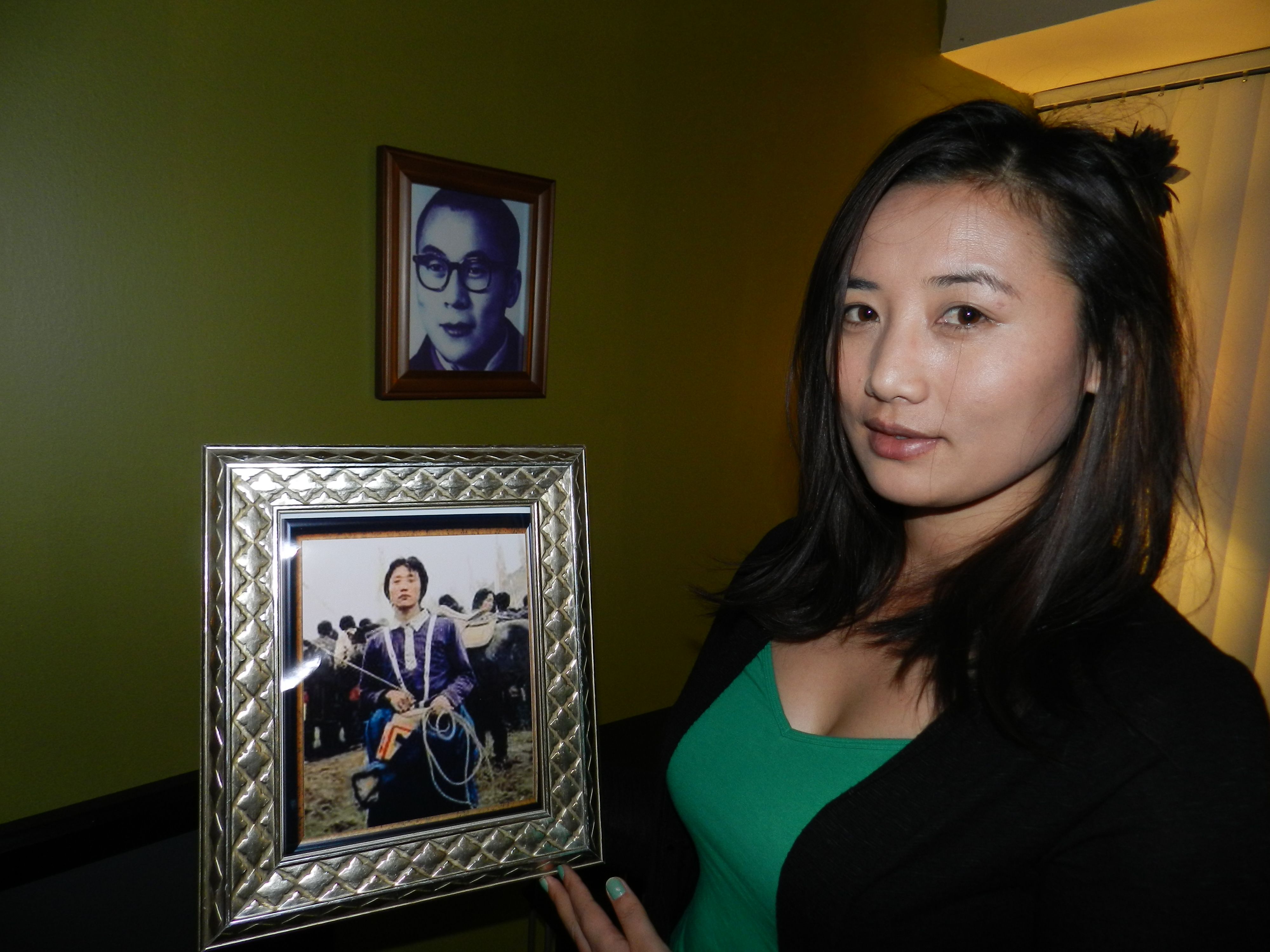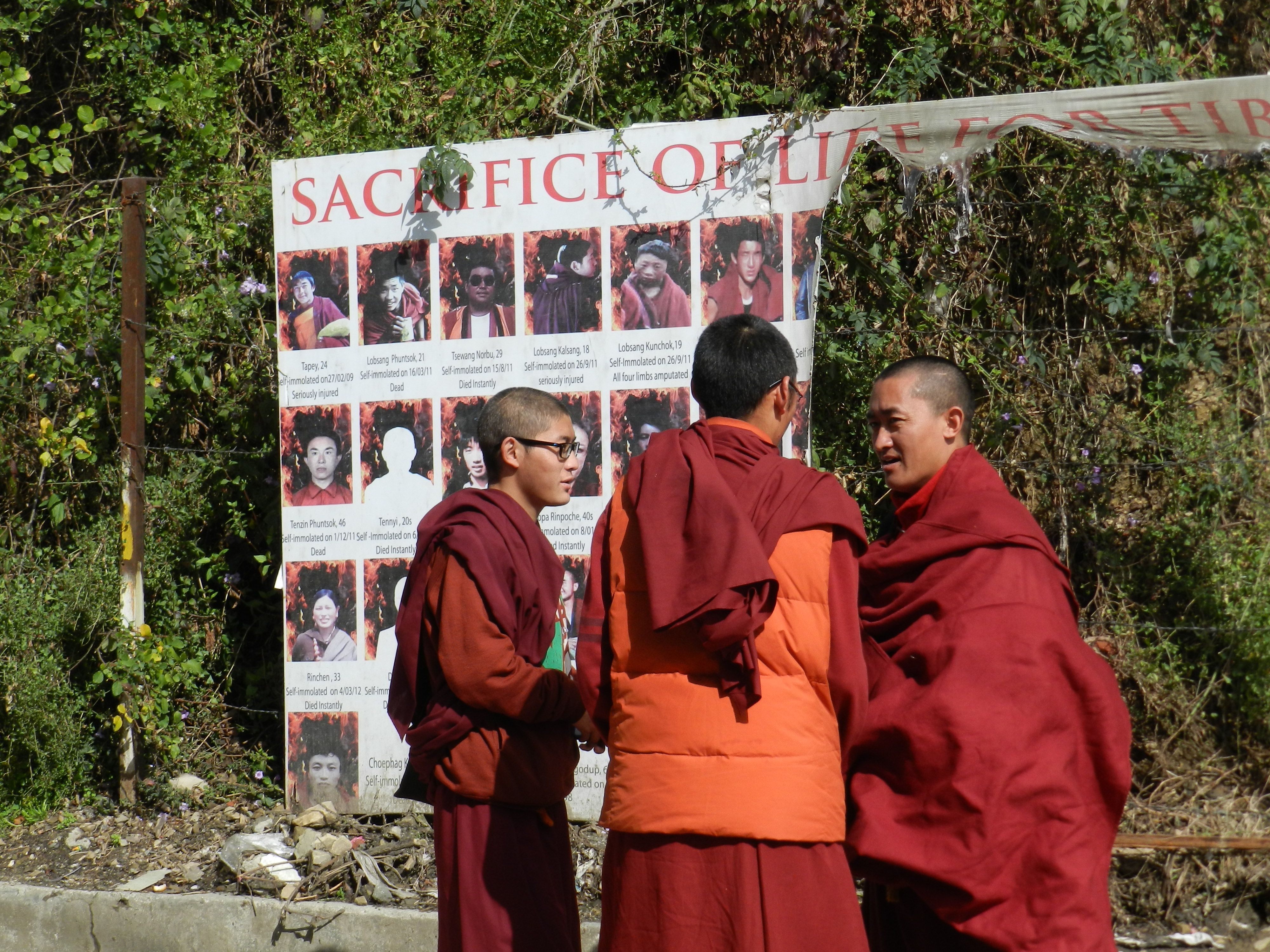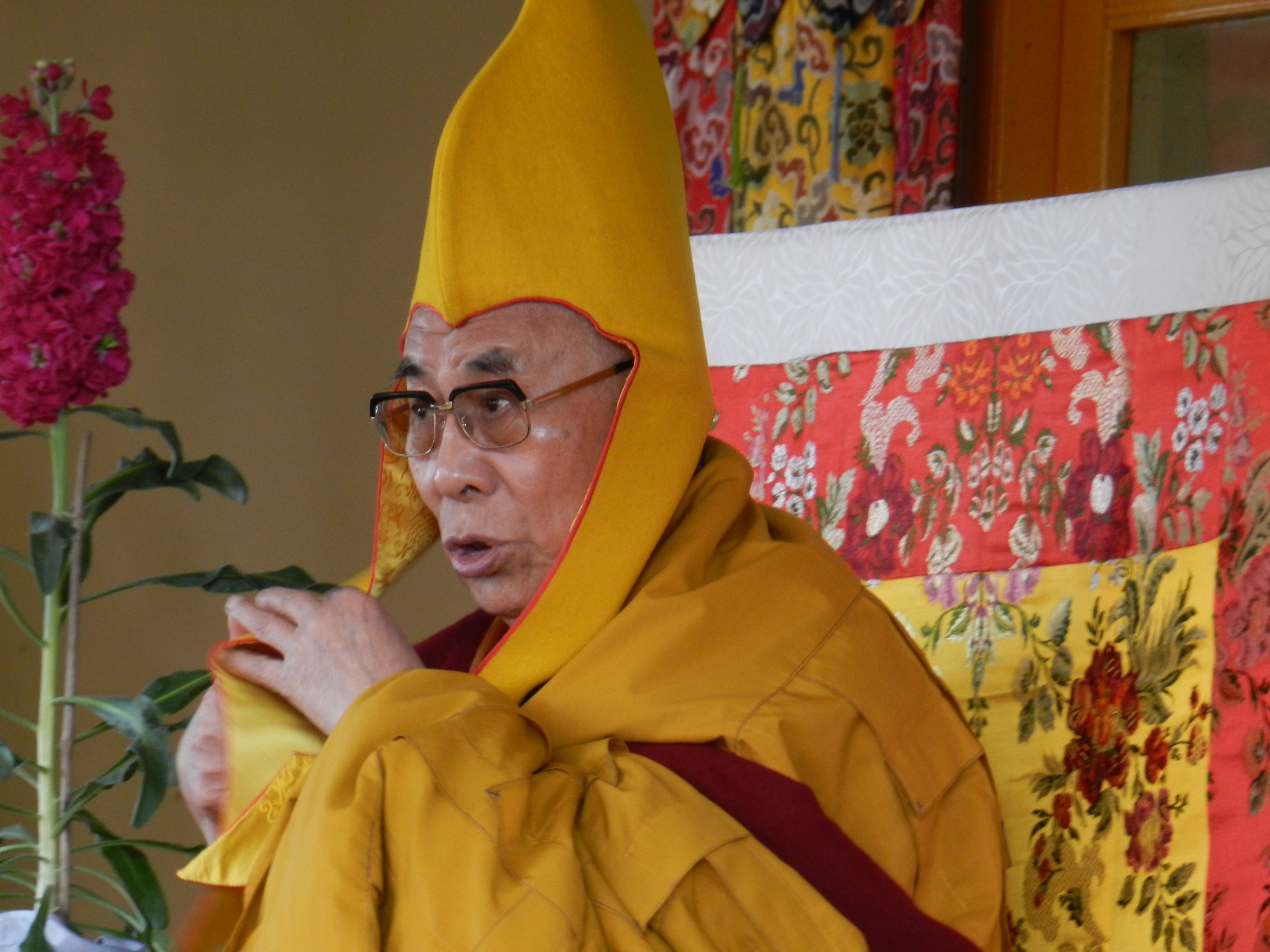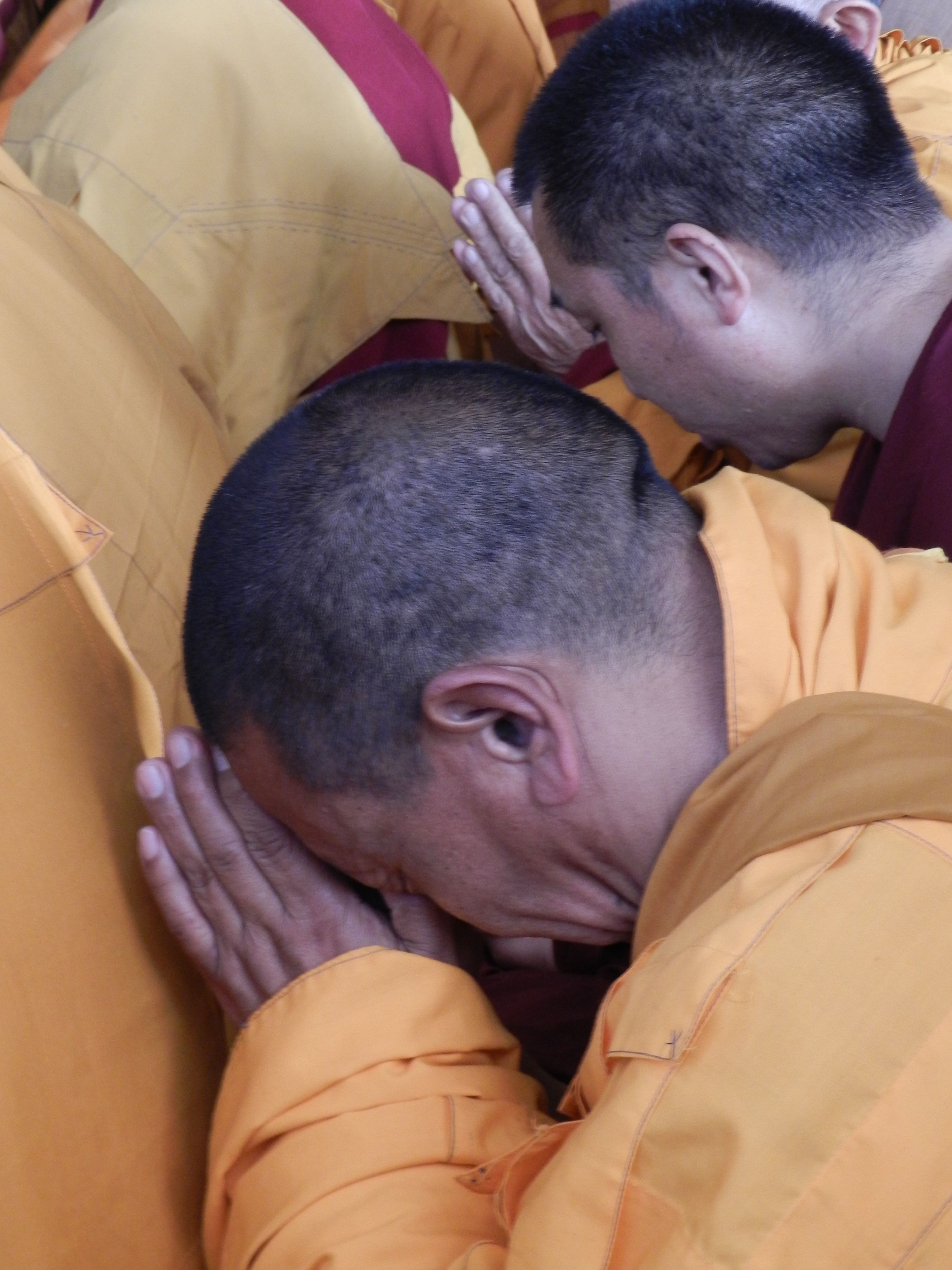October 29, 2013 | Pulitzer Center
By
Jeffrey Bartholet, for the Pulitzer Center
The exiled Tibetan community in Dharamsala, India, aims to chronicle, honor, and publicize the sacrifices of people who set themselves on fire to protest Chinese rule. The Chinese government, in turn, blames what it calls the “Dalai Lama clique” for the burnings, saying the exiles are separatists who aim to break up China.




